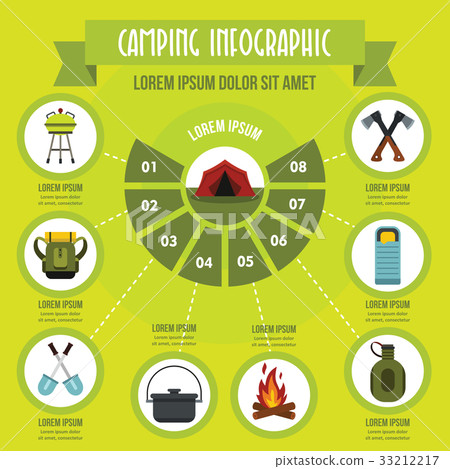Wintertime camping is an enjoyable and adventurous experience, yet it requires correct gear to guarantee you stay cozy. You'll need a close-fitting base layer to catch your body heat, along with a protecting jacket and a water resistant shell.
You'll additionally require snow risks (or deadman supports) buried in the snow. These can be connected utilizing Bob's smart knot or a regular taut-line hitch.
Pitch Your Outdoor tents
Winter months outdoor camping can be an enjoyable and daring experience. Nevertheless, it is very important to have the appropriate gear and know how to pitch your outdoor tents in snow. This will certainly stop chilly injuries like frostbite and hypothermia. It is likewise essential to eat well and remain hydrated.
When establishing camp, make certain to choose a site that is sheltered from the wind and without avalanche danger. It is also a great idea to load down the area around your tent, as this will help reduce sinking from temperature.
Prior to you established your camping tent, dig pits with the same dimension as each of the anchor points (groundsheet rings and person lines) in the center of the outdoor tents. Load these pits with sand, stones or perhaps stuff sacks loaded with snow to portable and protect the ground. You might likewise wish to take into consideration a dead-man support, which includes connecting camping tent lines to sticks of timber that are hidden in the snow.
Load Down the Location Around Your Tent
Although not a need in many areas, snow stakes (likewise called deadman anchors) are an outstanding enhancement to your outdoor tents pitching set when outdoor camping in deep or pressed snow. They are primarily sticks that are developed to be buried in the snow, where they will ice up and produce a strong anchor factor. For finest results, use a clover hitch knot on the top of the stick and hide it in a few inches of snow or sand.
Set Up Your Outdoor tents
If you're camping in snow, it is an excellent concept to utilize a tent created for wintertime backpacking. 3-season camping tents function fine if you are making camp below timberline and not anticipating particularly extreme weather, yet 4-season camping tents have tougher poles and textiles and provide even more security from wind and hefty snowfall.
Make sure to bring ample insulation for your sleeping bag and a cozy, dry blow up mat to sleep on. Blow up mats are much warmer than foam and assistance protect against chilly places in your camping tent. You can additionally add an added mat for sitting or food preparation.
It's also an excellent idea to set up your outdoor tents near to an all-natural wind block, such as a group of trees. This will make your camp extra comfortable. If you can not locate a windbreak, tent durability you can produce your very own by digging holes and hiding objects, such as rocks, camping tent risks, or "dead man" anchors (old camping tent individual lines) with a shovel.
Tie Down Your Camping tent
Snow risks aren't necessary if you utilize the appropriate techniques to secure your outdoor tents. Buried sticks (perhaps accumulated on your method walking) and ski posts work well, as does some version of a "deadman" hidden in the snow. (The concept is to create an anchor that is so solid you will not be able to pull it up, despite having a great deal of effort.) Some makers make specialized dead-man supports, but I like the simpleness of a taut-line drawback tied to a stick and after that hidden in the snow.
Recognize the terrain around your camp, particularly if there is avalanche threat. A branch that falls on your outdoor tents could damage it or, at worst, harm you. Additionally watch out for pitching your tent on a slope, which can catch wind and bring about collapse. A protected area with a low ridge or hill is much better than a high gully.
